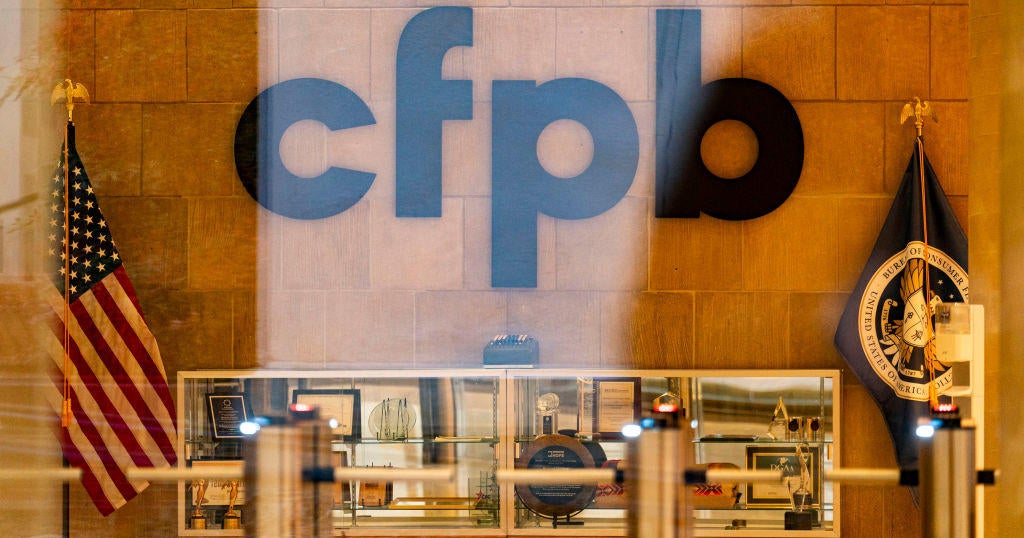On-time delivery plunges at U.S. Postal Service, with 1 in 5 pieces of mail arriving late
The U.S. Postal Service's delivery stumbles drew scrutiny last year when an influx of election mail and operational changes caused service to deteriorate. Yet while the crush of ballots has passed, those woes have only worsened: 1 in 5 pieces of mail across the U.S. was delivered late to households and businesses in the first three months of 2021, according to postal agency data.
Roughly 78% of first-class mail was delivered on time in the first quarter, down from more than 92% of first-class mail delivered on time in the year-ago period, postal service chief technology officer Scott Bombaugh said at a USPS Board of Governors meeting on Friday.
That performance decline is concerning, said Paul Steidler, a senior fellow with the Lexington Institute, a public policy think tank based in Arlington, Virginia, and expert on the USPS. Slower mail delivery means individuals and businesses can face delays in both outgoing and incoming mail — a particular issue for people mailing rent checks, making or awaiting payments, and awaiting important documents to arrive in their post boxes.
"It's disappointing, and it's quite low by historic standards," Steidler said of the USPS' delivery performance. "It means a lot of stuff isn't getting delivered on time. I would pay your credit card at least a week before it's due. It means if you are expecting rent checks or have to pay a rent check, you better give yourself some extra time."
Delivery service continued to slide after the end of the 2020, when the USPS was handling not only election mail but the traditional holiday surge. For the last three months of 2020, the on-time performance was 78.4% — not far off from the first three months of 2021, Steidler pointed out.
At the same time, mail volume was down sharply in the first quarter because the holiday rush was over. In other words, performance declined even though the USPS was handling less mail.
DeJoy: "We are not short on critics"
During the Friday meeting, U.S. Postmaster Louis DeJoy expressed optimism that service would improve by the end of 2021, but added that the agency's goals "will remain out of reach until we address the structural issues that plague our network." He blamed delivery delays in the first quarter on the coronavirus pandemic and other issues.
"In fairness to the postmaster general, yes, the pandemic imposes challenges on mail delivery, but if you go back to the quarter ended June 30 — when things were really, really bad — you had performance levels that were a lot better than now," Steidler said. "The service numbers are disappointing, and that is the mission of the postal service — to deliver mail."
DeJoy also said the postal service is moving forward with a 10-year plan to overhaul the agency, which he unveiled earlier this year as key to stanching billions of dollars in losses and putting it on the path to profitability.
"We are not short on critics" of that long-term restructuring plan, DeJoy said on Friday, adding that he's heard both that it doesn't go far enough and that it goes too far. "What I don't hear is any viable comprehensive alternative."
DeJoy's plan has a number of positives, including the goal of trimming financial losses at the USPS, Steidler said. But he also has questions, such as how $40 billion in infrastructure investments will be split between first-class mail and package-delivery services.
The DeJoy plan includes slowing the USPS' delivery standard for mail to six days. Currently, the standard is three-day delivery for any destination within the continental U.S.
"They are essentially throwing in the towel on returning first-class mail service to levels that it was at just a couple of years ago," Steidler said.
Better financial footing
The USPS released financial results on Friday showing it is on stronger financial footing. The agency's loss narrowed to $1.7 billion for the quarter ended March 31 compared with a loss of $1.9 billion a year earlier. Revenue rose 6% to $18.9 billion, thanks largely to surging demand for package delivery.
The postal service's cash reserves rose to more than $25 billion at the end of March, an increase of about $10 billion from the end of September, according to a regulatory filing. That's due partly to a government stimulus bill signed at the end of December that provided funding to the USPS.
"On paper things look good, but they are still major structural issues that have to be addressed," Steidler said. For instance, the USPS is mandated to pre-fund retiree benefits 75 years into the future — a burden that DeJoy's 10-year plan seeks to change, since no other federal agency is burdened with such a requirement.



